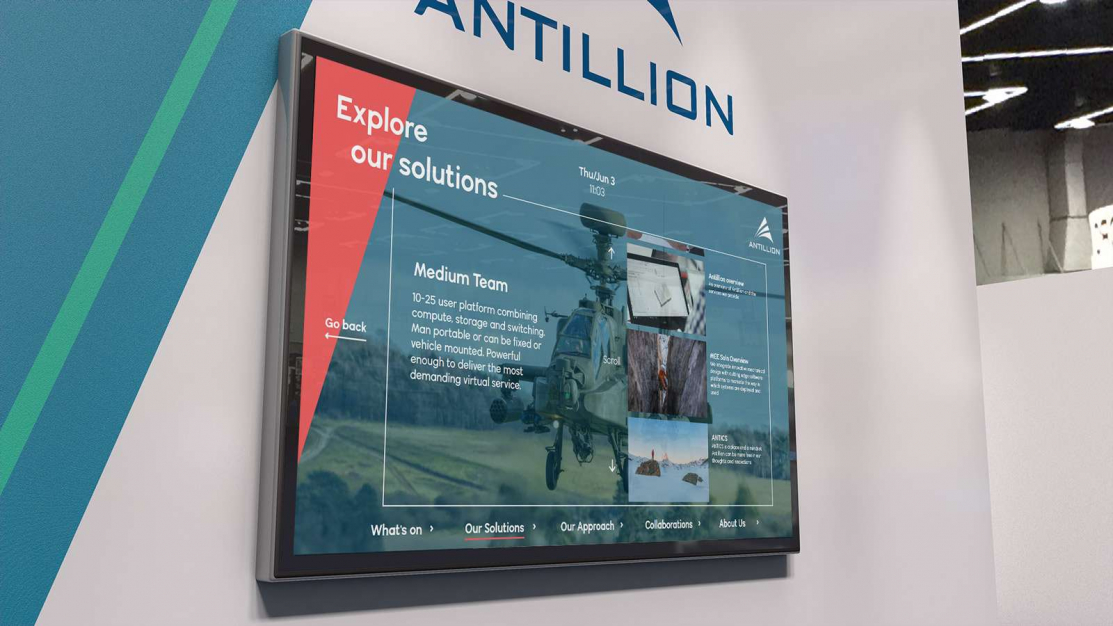If you’re not from a technical background, it’s unlikely that you’ve heard of Progressive Web Apps, but lying behind some of the best interactive experiences and websites is Progressive Web App technology. Think Pinterest, Twitter, Trivago, Spotify, Uber, Instagram, Forbes, Financial Times and these are just a handful of examples.
Progressive Web Apps are fast becoming the next natural step in the development of web and app technology, in fact, they are perhaps one of the biggest upgrades to the internet in a decade. And, as an early adopter of the technology we have seen enormous benefits for our clients’ interactive sales experiences but before we dive into that, let’s discuss first…
What is a Progressive Web App (PWA)?
In simple terms, PWAs combine the very best attributes of responsive websites and native apps.
But, what does this mean in terms of actual features and benefits?
Well, there are so many but the most valuable ones are listed below:
| Feature | Native App | Responsive Website | PWA | What’s the PWA benefit? |
|---|---|---|---|---|
| Works offline | 😊 | 😒 | 😊 | Once a visitor has used the app, assets can be cached on the device allowing it to load instantly, and work with limited or no internet connection which makes for a much better user experience and of course is much more preferable than a no network connection message |
| Push notifications | 😊 | 😒 | 😊 | Notifications like the ones we’re all used to can be sent via the app, providing relevant content to users whenever and wherever improving re-engagement by ensuring content is always relevant and meets the users’ needs |
| Branding | 😊 | 😒 | 😊 | Create a bespoke experience with custom app icons, splash screen, change the browser colour scheme or hide the address bar, just like a native app |
| Kiosk mode | 😊 | 😒 | 😊 | Full-screen experience. This gives a much more immersive and engaging experience – all attention can be focused on the content so there are no distractions with a browser |
| App icon | 😒 | 😊 | 😒 | Just use the Add to Homescreen or Install functions on your device and a few seconds later it’s installed, just like a native app, without the need for app stores and having to dig around there |
| Cross platform | 😒 | 😊 | 😊 | Code needs to be written just once and it can be deployed across multiple platforms, Android, iOS, macOS or Windows. This keeps costs down by reducing development time, as well as maintaining consistency with the overall look and feel on different devices which in turn increases familiarity and engagement with the user |
| Search Engine Friendly (with SSR) | 😒 | 😊 | 😊 | Using server-side rendering techniques, your PWA can be indexable by search engines just like normal web pages. From an SEO point of view this is a biggie to boost rankings |
| No download required | 😒 | 😊 | 😊 | Can be accessed just through a URL, there is no need for app stores (and approval processes) making it much easier for users to find and adopt |
| Mobile friendly | 😊 | 😊 | 😊 | They can be developed to be fully responsive to work on whichever device users have, mobile, desktop, tablet etc. |
| Analytics | 😊 | 😊 | 😊 | Google analytics can be applied in the development phase so that unique insights into browsing behaviour can be seen showing what content is working and what’s not, great for marketing to be able to sharpen up on messaging |
| Background updates | 😊 | 😒 | 😊 | Perform seamless updates to the app in the background, with or without informing the user, meaning users can get the latest features without having to download updates from an app store or be subject to review by Apple or Google |
A positive user experience improves customer engagement, retention and loyalty. And, as you can see just from a quick glance of the above, PWAs are storming ahead in making the overall user experience fast (just on this point alone, they are 15x faster than native apps, according to the AppInstitute), accessible and reachable making them the perfect go-to technology to support any businesses strategic growth. Many experts believe that PWAs are the future of mobile development.
“Gartner predicts that PWAs will replace 50% of mobile apps in 2020“
Growth has been exponential when it comes to mobile use and numbers are increasing daily. People prefer to interact with mobile apps rather than websites with rich functionalities, faster loading times and seamless connectivity.
But, the technology comes to nothing if the content isn’t great. And, in these days of multiple technology platforms and content overload – it’s even more crucial than ever to always start with your audience first and not your technology.
Knowing what is most important to your audience is absolute key – you have to put yourself in your audience’s shoes and ask those all-important questions:
- ‘What do they want?’
- ‘What do they need?’
- ‘What’s their current reality?’
- ‘What are their pressures?’
- ‘What excites them?’
- ‘What wows them?’
When you know, you know
Knowing the answers to these questions will help you to define the user’s journey, decide on the most relevant content and the visuals to create a personalised experience. The more personalised an experience the better – authentic, human content makes for a much greater, immersive experience and with the right technology that’s when you start to see the magic happen.
If you want to work smarter and embrace the significant advantages of best-in-class technology with PWAs to improve those customer conversations and win business, we’d love to hear from you. Get in touch today on +44 (0)117 329 1712 or hello@popcomms.com.
Related Posts

7 Things to Know Before Choosing an Interactive Touchscreen Display for Your Business
Read

10 Important Factors to Consider When Creating a Presentation
Read

Could an Interactive Touchscreen Be the Best Option for Your Museum, Gallery or Archives?
Read

How to Enhance Customer Experience with Interactive Touchscreens
Read